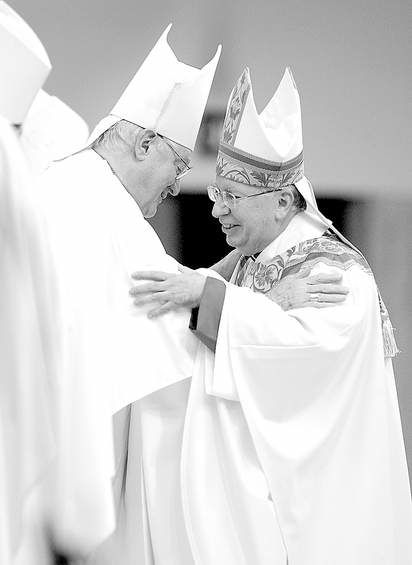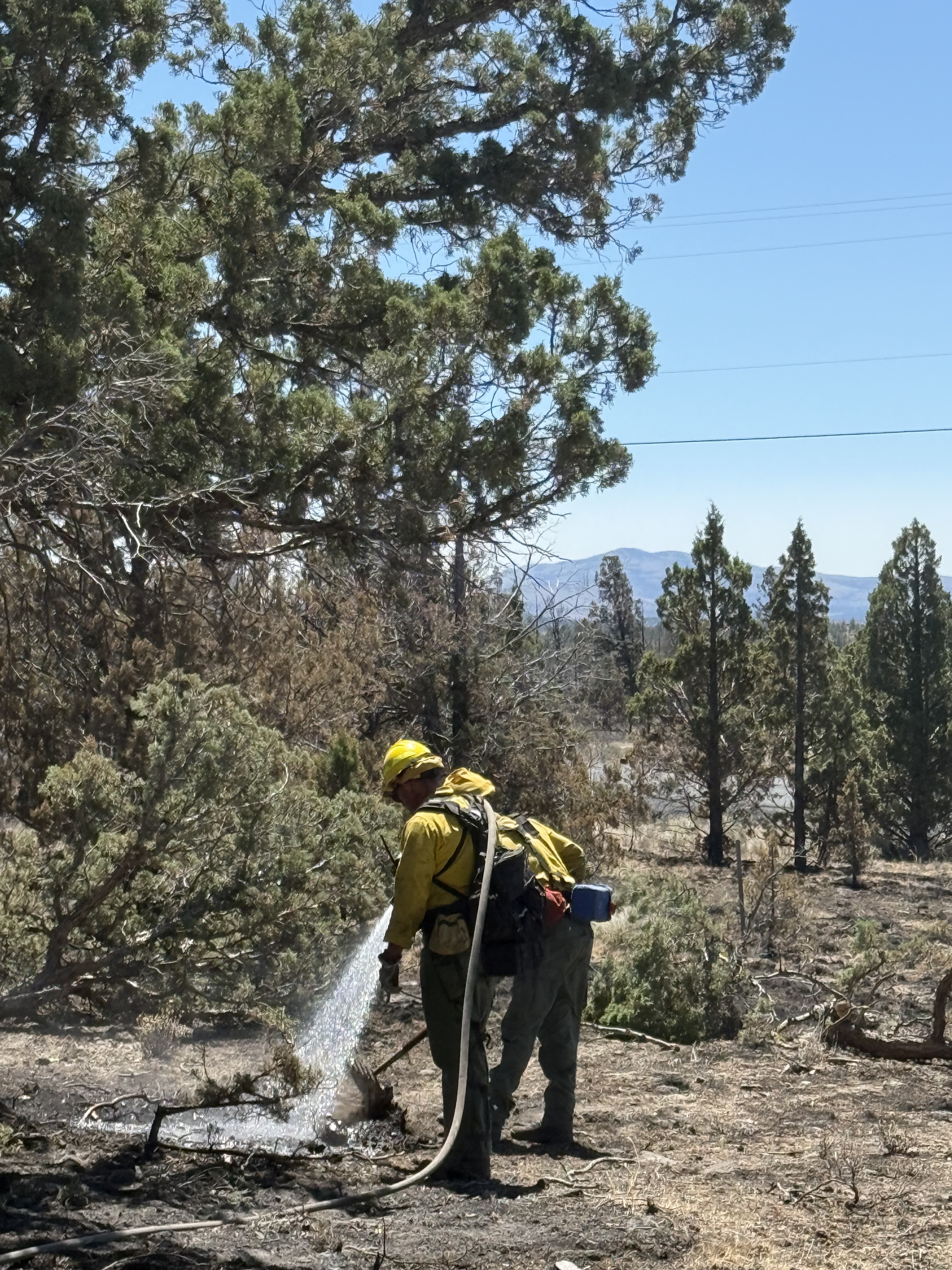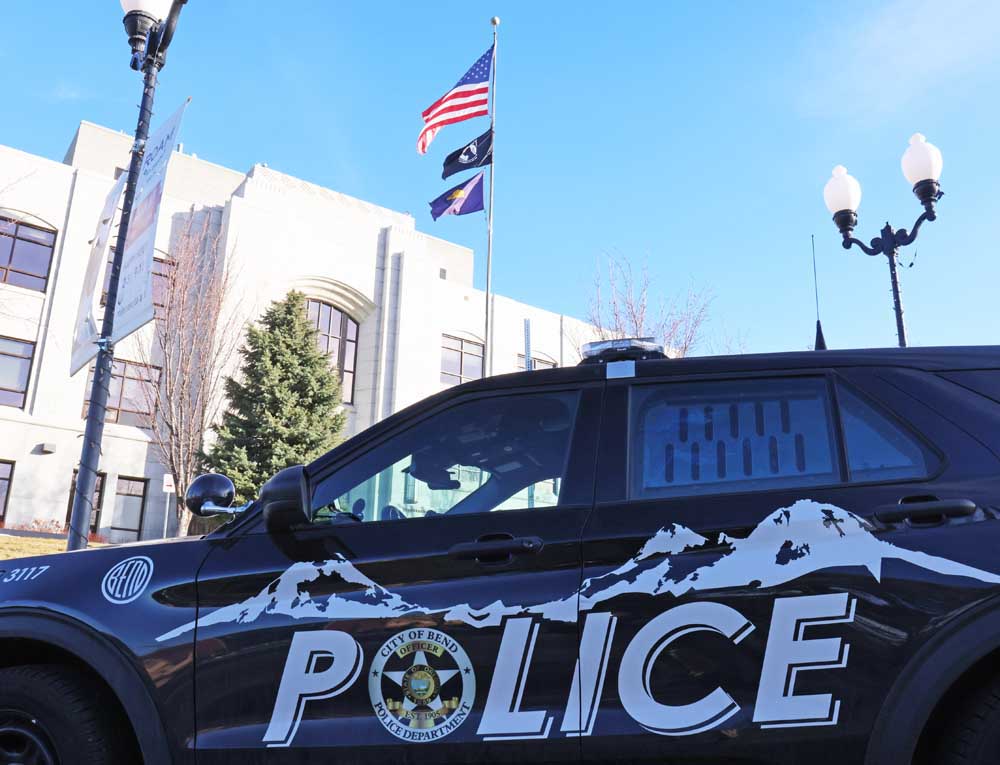With Catholic bishops ready to retire, church contemplates a new direction
Published 5:00 am Saturday, April 11, 2009

- Bishop Tod Brown, left, of the Diocese of Orange, embraces newly ordained Bishop Cirilo Flores last month. Brown’s diocese, with 1.2 million Catholics, continues to attract Hispanics, Filipinos, Chinese and Vietnamese, making cultural sensitivity and bilingual skills increasingly important for bishops serving the population, Brown says.
With Los Angeles Cardinal Roger Mahony prominently among them, many of the senior Roman Catholic bishops in the United States are nearing mandatory retirement, offering the Vatican a significant opportunity to reshape the American church.
In Los Angeles, home to the nation’s largest Catholic archdiocese, the shift could open the way for a bishop to become the first Hispanic cardinal in the United States. Three Hispanics, two from California, already are rumored to be possible successors to Mahony.
Trending
Nationwide, the retirements will provide Pope Benedict XVI a chance to put his stamp on a church that is struggling to serve growing ranks of immigrants and recover from clergy sexual-abuse scandals.
Nearly one-third of 265 active U.S. bishops must submit letters of resignation to the pope within five years as they reach the mandatory retirement age of 75. More than half the bishops will reach the milestone within 10 years.
The roster of upcoming resignations includes several of the country’s most influential prelates, including Chicago Cardinal Francis George, 72, the current president of the U.S. Conference of Catholic Bishops, and Philadelphia Cardinal Justin Rigali, 73, who sits on a powerful Vatican panel that recommends bishop candidates to the pope.
Also on the list is Cardinal William Levada, 72, the former archbishop of San Francisco who is now the Vatican’s chief theologian and point man on cases of sexual abuse forwarded by bishops worldwide.
Most of the retiring bishops probably will remain on the job for a year or longer after their 75th birthdays while successors are found. The pope ultimately decides when to accept the resignations.
New leaders
Trending
Church scholars say the departures of so many high-level prelates — a coincidence as well as a rarity — will open the door to a new generation of leaders unencumbered by the U.S. Catholic Church’s sexual-abuse crisis, which has led to more than $2 billion in legal settlements.
“So much of that fresh start depends on how the successor handles the problems” in each diocese, said the Rev. Anthony Pogorelc, a sociologist of religion at the Catholic University of America. “It will depend on transparency.”
The impending change in leadership comes as the U.S. church confronts a serious shortage of priests and demographic changes that are dramatically altering the composition of the nation’s Catholic population, an estimated 64 million people by one count.
The number of Catholics in the Northeast is shrinking, leading to the closing of parishes and schools there, even as Catholic populations balloon in the southern and western parts of the country because of Latin American immigration.
Hispanics make up more than one-third of the U.S. Catholic population and probably will become a majority in the next decade, according to figures provided by the Conference of Catholic Bishops. Immigrants from Asia, Africa and Eastern Europe are adding to the ethnic and racial mix.
“The future of American Catholics is one of rich diversity,” said Matthew Bunson, the editor of the Catholic Almanac.
Responding to that diversity, Bunson said, “is going to be one of the major strategic pastoral questions for the church in the 21st century.”
Nowhere are these forces more evident than in Los Angeles. The three-county archdiocese has more than doubled in size over the past 30 years, now surpassing 4 million Catholics, according to the Catholic Almanac. That’s nearly twice the size of the next largest archdiocese, in New York.
The phenomenal growth in Los Angeles has been driven largely by Hispanics, who make up 75 percent of the archdiocese’s population, a spokesman said.
During more than two decades at the head of the Los Angeles archdiocese, Mahony, 73, has been the subject of scorn for his handling of sex-abuse scandals, but he has been praised for integrating Hispanics and other immigrant communities into the church and for his advocacy of immigrant and migrant rights. The cardinal, who is of German-Italian ancestry, even speaks Spanish.
A
Hispanic bishop?
Mahony declined to comment. But church scholars say it is only a matter of time before a Hispanic is named archbishop, and eventually cardinal, in Los Angeles, long considered the second-biggest prize in the U.S. Catholic hierarchy, after New York.
Although decisions about bishops are made secretly in Rome, the names of at least three possible Mahony successors have begun to circulate: Bishop Jaime Soto, 53, of Sacramento, Calif.; Archbishop Jose Gomez, 57, of San Antonio; and Bishop Richard John Garcia, 61, of Monterey, Calif.
The three come from a slim field. Just 26 of the nation’s 265 active bishops are Hispanic, according to the Center for Applied Research in the Apostolate. The number of U.S. Hispanic priests — who can eventually join the ranks of bishops — is even thinner: Roughly 3,000 of approximately 41,000, or 7 percent.
The Vatican’s ambassador to the United States, Archbishop Pietro Sambi, declined to comment.
Church experts say Benedict’s recent appointments suggest he is concerned more with orthodoxy than ethnicity, and with putting a positive public face on the church. His aim, scholars say, is to see the church grow and move beyond the sexual-abuse crisis of the last decade.
The analysts point, for example, to the recent naming of Archbishop Timothy Dolan to succeed Cardinal Edward Egan in the Archdiocese of New York. Dolan will be installed Wednesday. A theological conservative who has won praise for his warmth, openness and sense of humor, Dolan is credited with helping to heal a shaken archdiocese in Milwaukee after he took over as archbishop in 2002.
He followed Archbishop Rembert Weakland, who resigned at 75 after acknowledging that the archdiocese paid a $450,000 settlement to a man who accused Weakland of sexual assault.
Dolan “was seen as restoring confidence,” said John Allen, a senior correspondent with the National Catholic Reporter. “He brought a new burst of energy.”
Dolan’s appointment, although warmly greeted in general, did prompt some grumbling from Hispanics, who noted that yet another Irish American was named to head an increasingly Hispanic archdiocese.
“The challenge for the future of U.S. Catholicism is integrating Anglos and Hispanics into something that is inclusive, that is truly one church,” said Rocco Palmo, whose Web site, Whispers in the Loggia, chronicles church hierarchy.








